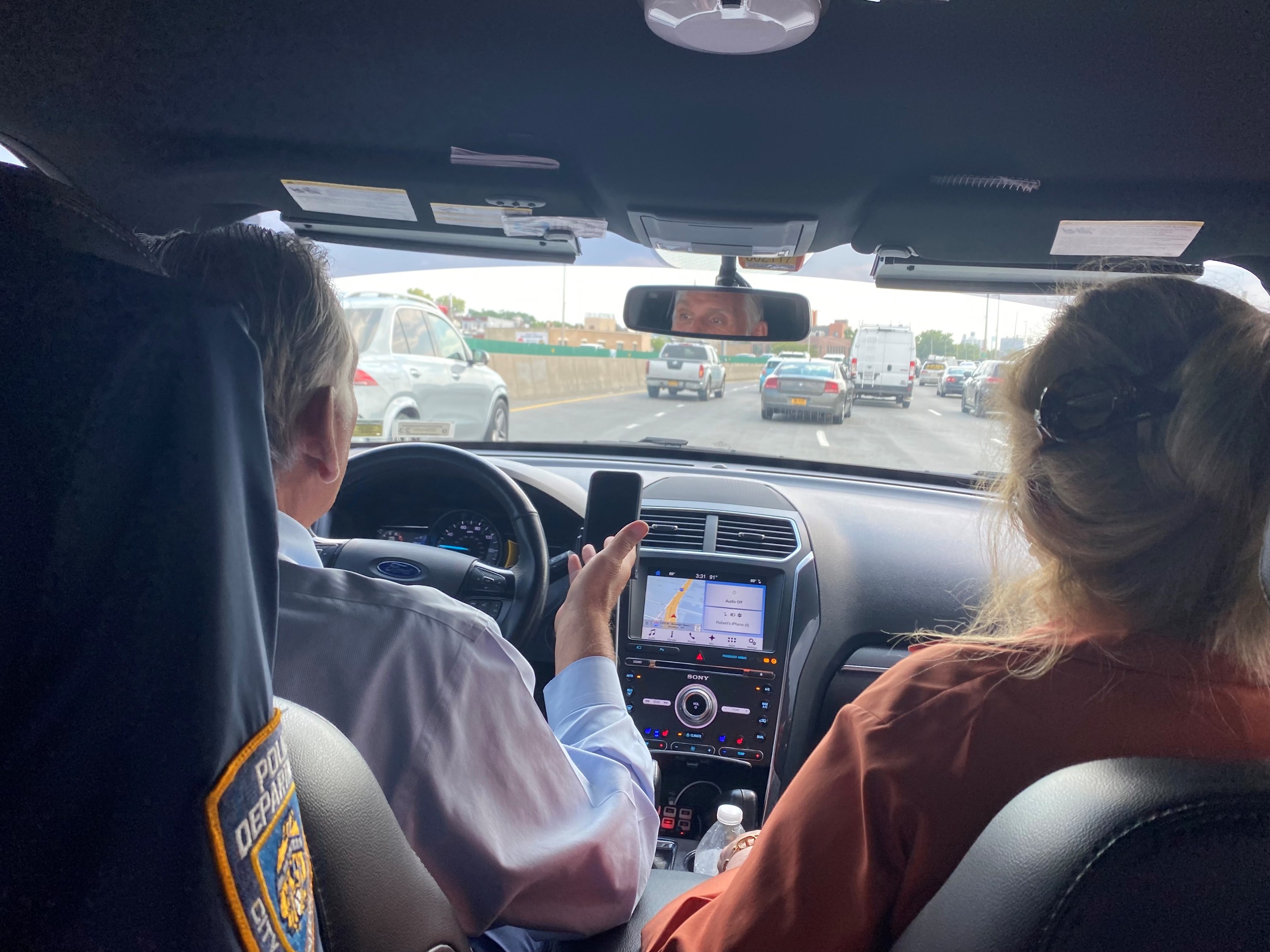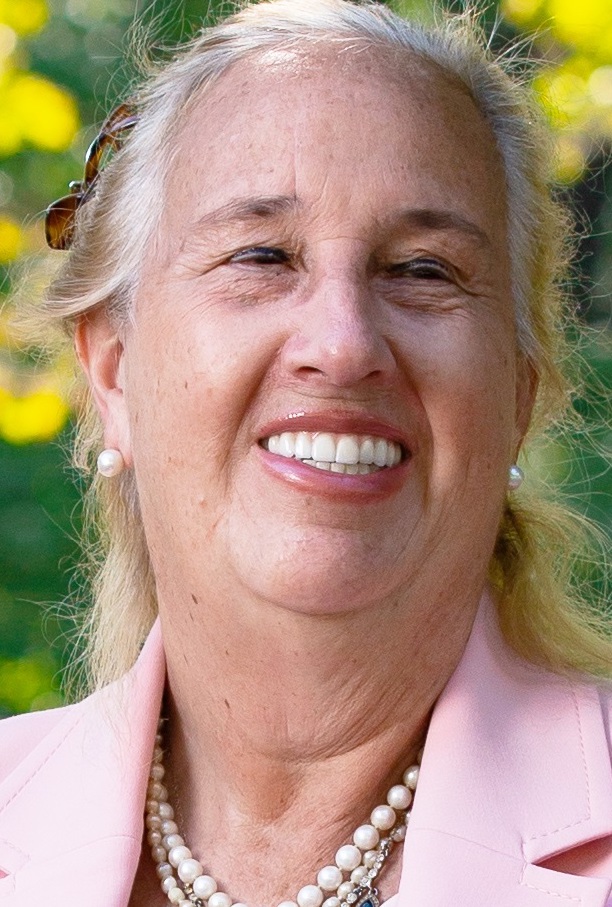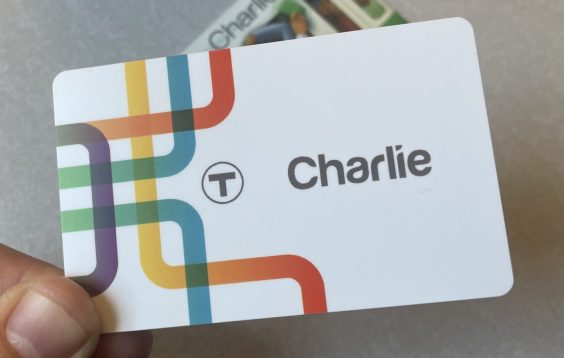The soundtrack of New York City is a jumble of bangs, crashes, and screeches. This barrage of excessive noise is more than unpleasant — it can cause anxiety, stress, high blood pressure, heart disease, and other health problems, and threatens public health.
Piercing through the cacophony of noise is the wail of sirens from emergency response vehicles. The police, fire, and ambulance sirens shriek at all hours, reverberating off the facades of tightly packed buildings into our eardrums. With so many of us working from home since the pandemic, the noise of sirens has become even more oppressive.
Sirens perform a critical function but they do not need to be so disruptive — which is why Council Member Carlina Rivera, seven other Council members, and I are sponsoring legislation that would mandate the use of hi-lo, "two-tone" sirens by emergency response vehicles.
Beyond the basic benefits of less disruption, siren-noise mitigation would have extensive economic and health benefits. A 2016 study by Tracy Swinburne at the University of Michigan School of Public Health concluded that a mere five-decibel reduction (less than the sound of leaves rustling) in overall noise would reduce the prevalence of hypertension by 1.4 percent and coronary heart disease by 1.8 percent, saving $2.4 billion annually in health-care costs and increasing economic productivity annually by $1.5 billion.
With around 8,500 NYPD, 2,000 FDNY, and 700 Department of Correction emergency vehicles active on our streets, limiting the fleet’s noise would have a marked effect. An unmistakable irony here is that, although sirens are often intended to reach people in need of medical help, they are themselves contributing to health problems.
Human beings find the two-tone siren less disruptive because it moves back and forth between two fixed pitches, as opposed to across a frequency of sounds. Some NYPD experts, however, claim that motorists are less responsive to hi-lo sirens. So I decided to do my own research by taking a ride along with a deputy commissioner of the NYPD to learn more about low-frequency sirens that can complement a hi-lo system.
During the ride, the police used a low-frequency siren, often called the rumbler siren. This newer kind of siren uses the same tone as a typical siren but at a much lower frequency. The rumbler transmits noise through high-output woofers and produces a vibrating sound as opposed to a shrieking one. A timer shuts off the tone after a short time, further reducing the duration.
The lower frequencies emitted by the rumbler better penetrate vehicles and are less detrimental to public health and quality of life compared to the tones of standard, wailing sirens. During my ride along, I saw other vehicles respond immediately to the vibrating siren, ensuring a clear path for the emergency vehicle.
As with hi-lo sirens, the low-frequency vibrating sirens have drawbacks. The siren noise heard inside the emergency vehicle is two decibels louder than it is outside of the car, subjecting first responders to more noise.
In order to reduce excessive siren-related noise, the city should mandate that emergency responders use hi-lo as their default siren and cap sirens at 90 decibels — as required by the proposed legislation — and scale up their use of vibrating siren technology. City emergency response vehicles should allow the driver to toggle between hi-lo sirens and the vibrating low-frequency sirens in response to traffic conditions.
New Yorkers must not think that their complaints are falling on, ahem, deaf ears. We can improve our quality of life while maintaining emergency responsiveness. For the wellbeing of all New Yorkers, the days of ear-covering and being awakened in the middle of the night need to end.
Gale Brewer, the former Manhattan Borough President, represents the West Side in the City Council.







